Carnevale Romano: Not Such a Venetian Tradition After All
Carnevale comes from the Latin words carne meaning meat and vale meaning farewell, and is usually held in the period leading up to lent.
Lent: A Christian period of 40 days (not including Sundays) before Easter; starting from Ash Wednesday and finishing on the day before Easter Sunday. This period is representational of the time that Jesus spent fasting in the wilderness as described by the Gospels of Matthew, Mark, and Luke. It is customary to fast or make a sacrifice during Lent.
Carnival, as most English speakers will spell it, usually spans 5 days with the final celebrations taking place on Shrove Tuesday. Also known as Martedi Grasso, or Mardi Gras (both meaning Fat Tuesday), or Pancake Day.
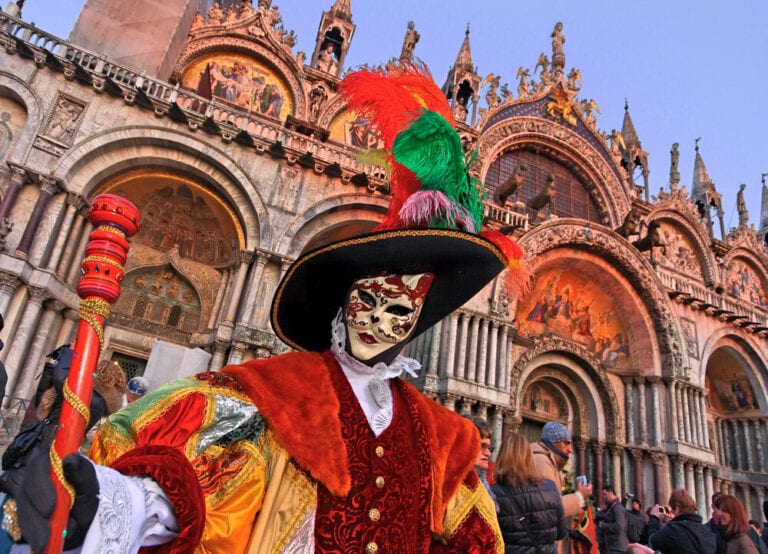
Carnival in Italy
The Venice Carnevale was first celebrated in 1094 and gained popularity for centuries. Although, sadly, by the 18th century festivities had gone downhill, and by the Austrian conquest of Venice in 1798 celebrations had all but vanished. Worse still, in the 1930s Mussolini banned the celebrations altogether and it wasn’t until 1979, when a group of Venetian artists came together to revive it, that the festival was reinstated. It is now estimated that over 3 million people annually visit Venice for Carnevale.
(I was lucky enough to attend the closing party in 2018 with a great friend and let me tell you, it was an AMAZING experience – even though my dress tore from overzealously dancing and I almost froze to death on that bitterly cold February night).
While in Italy, Venice is considered the home of Carnival celebrations as much as New Orleans is for the United States, Rio de Janeiro is for Brazil, and Sydney is for Australia. However, you may be interested to know that Rome has its own Carnival traditions that deserve to share the spotlight.
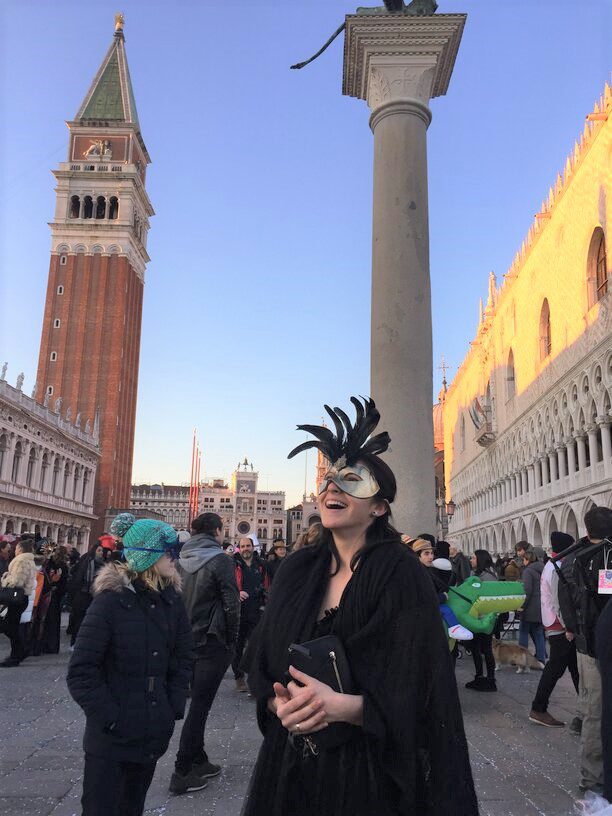
The Origins of Carnival in Rome
Carnevale celebrations in Rome can be dated back to the 10th century where they took place on Mount Testaccio, where, from 1143, even the Pope was in attendance. However, the most interesting part of it all was that the festivities that took place in the 10th century were actually held with the intention of recalling an Ancient Roman festival.
The festival of Saturnalia, a celebration to the Roman God Saturn, was held in December on the Julian calendar where the people would enjoy public entertainment, banquets, dancing, and wearing decorative masks, as well as partaking in sacrificial rituals as tribute to the Gods. Ignoring the ritual sacrifices, the celebrations of Saturnalia were not so different to those that we enjoy at Carnevale today.
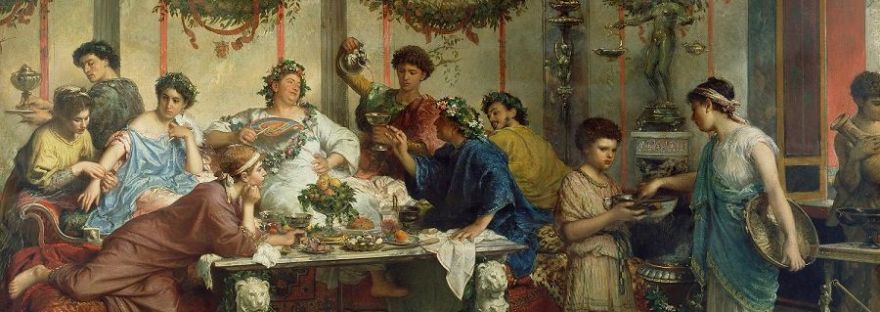
When Venice Brought the Party to Rome
Fast-forward to the mid-fifteenth century and meet a man named Cardinal Pietro Barbo who was born 1417 to the noble Barbo family of Venice. He followed his faith to Rome and later became Pope Paul II. One of his legacies is that he brought Carnevale to the heart of Rome. In 1466 Barbo permitted the Berber horse race to be run from Piazza del Popolo down what was then Via Lata (now Via del Corso – the course) all the way to Piazza Venezia where his home, Palazzo Venezia, was located. He was praised for his inclusive nature after he made the addition of race categories for children, elderly, and Jews – all vying for the generous prize money. Donkeys and buffaloes also raced down Via Lata, but there was no question that it was the Berber Horses that were the main attraction.
Did you know: Pope Alexander VI Borgia enjoyed the event so much that he as well created an additional race category for prostitutes in 1501.

All Carnivals Come to an End
While it was a beloved tradition for centuries, the races in Via Lata were exceptionally dangerous. In 1874, King Vittorio Emmanuele II abolished the Berber horse race after the death of a spectator subsequently plunging Rome’s Carnival celebrations into oblivion. In recent years the festivities have made a resurgence only to fall victim to Covid-19 in 2020 and 2021.
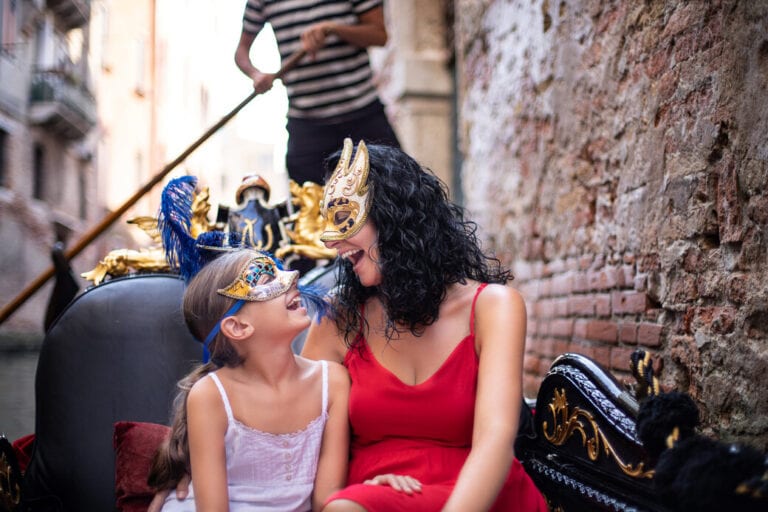
These traditions have lasted millenia in one form or another and they will continue to endure into the future, that is for sure. Now, let me go find my mask!
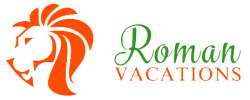

Recent Comments